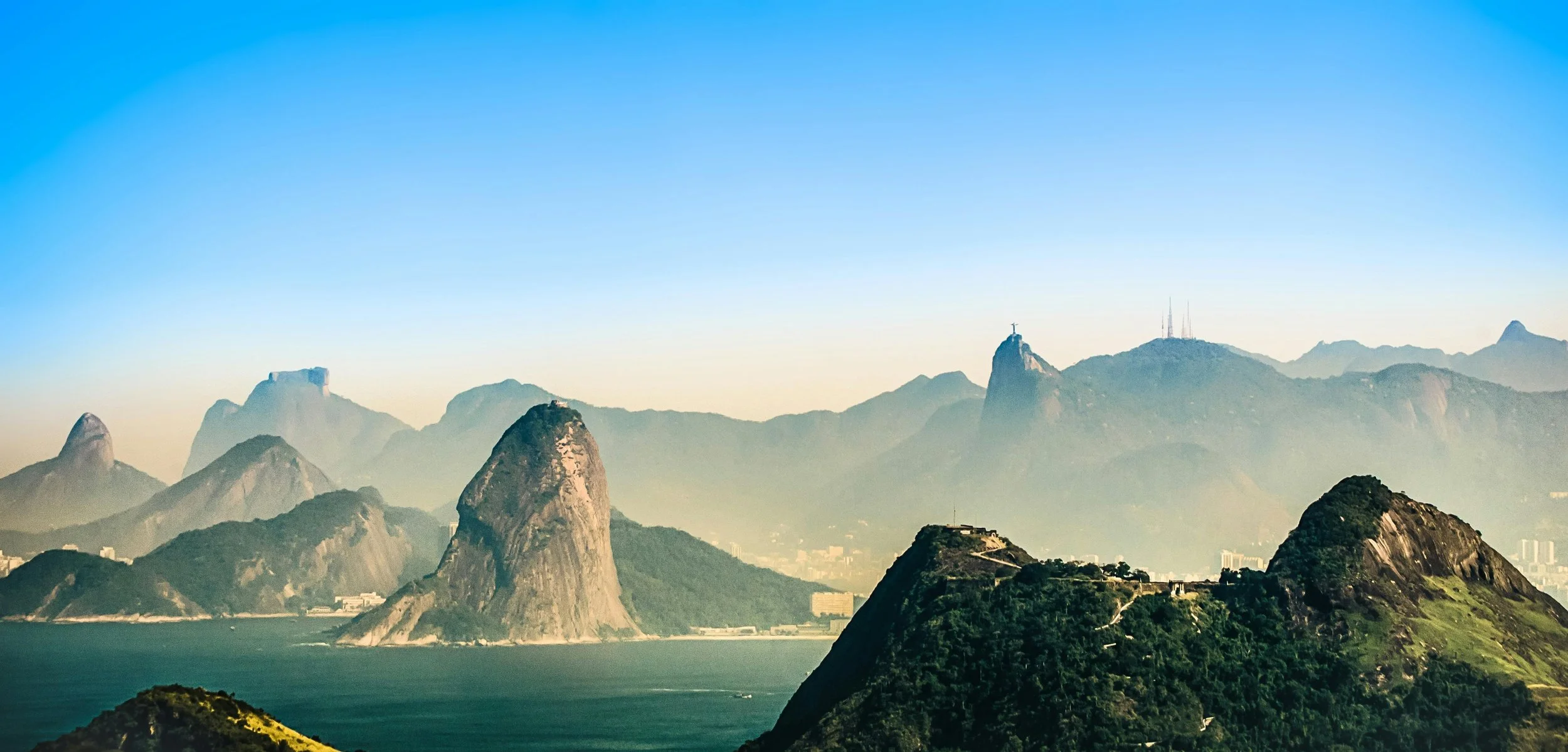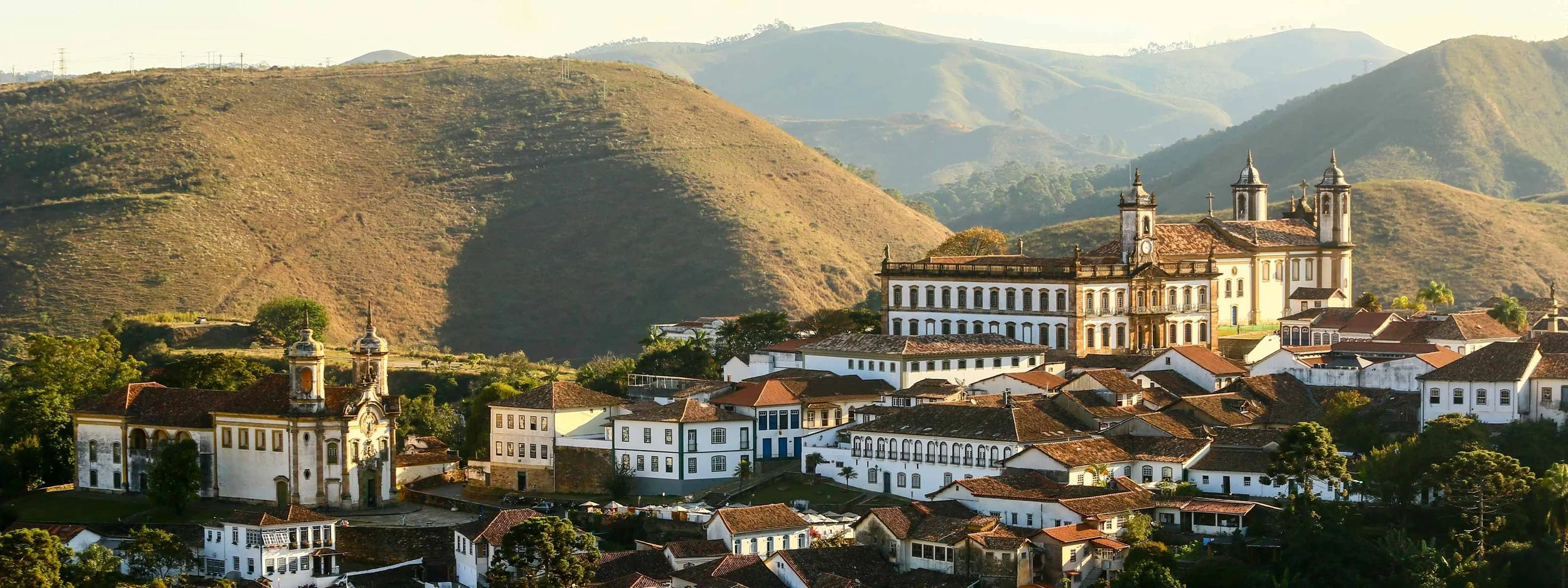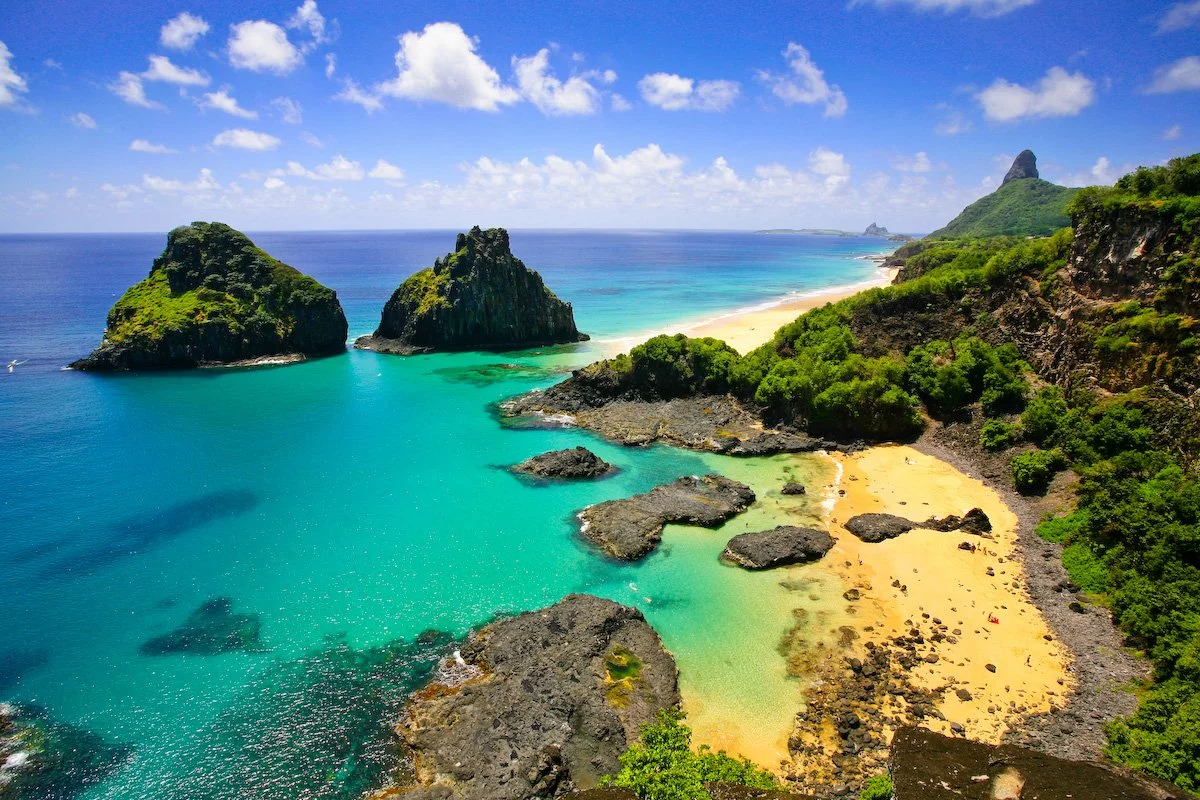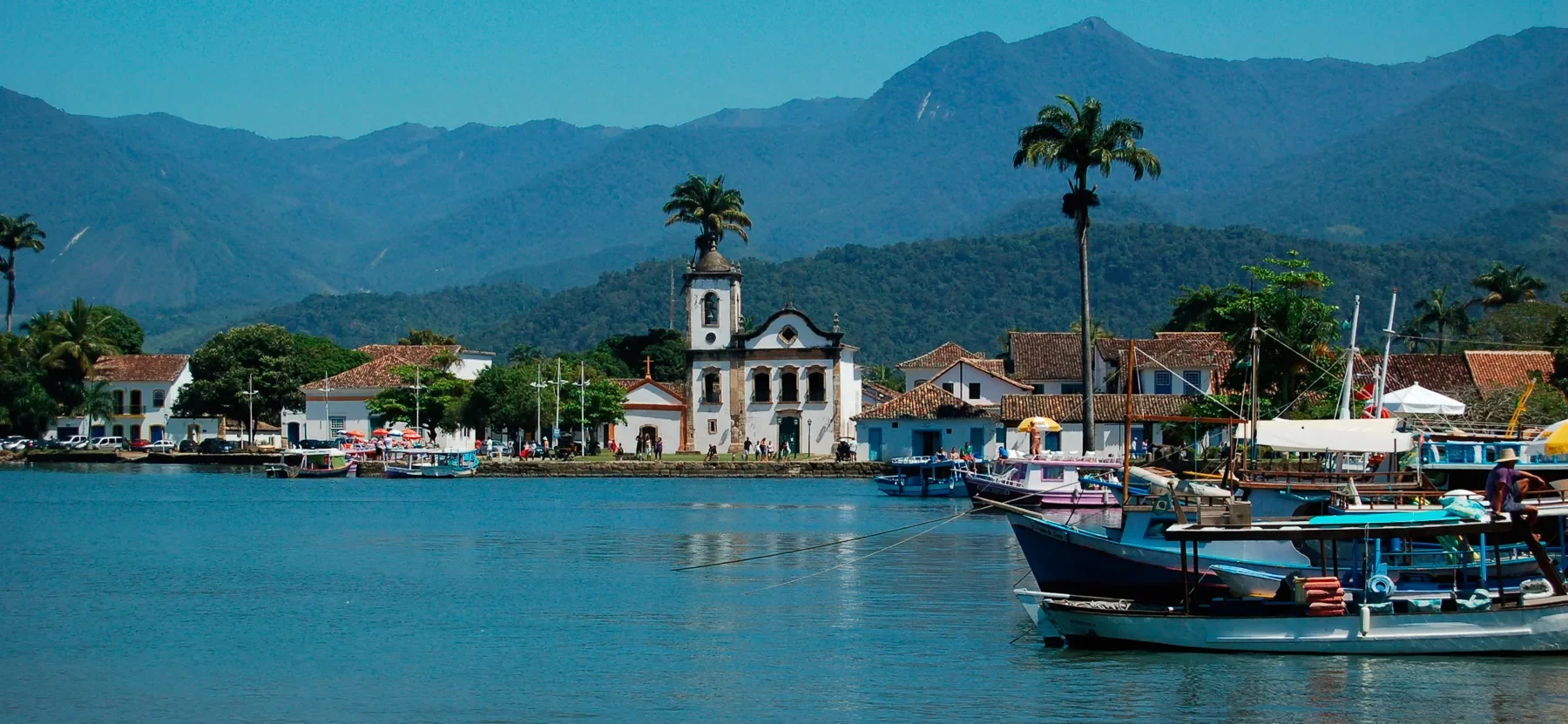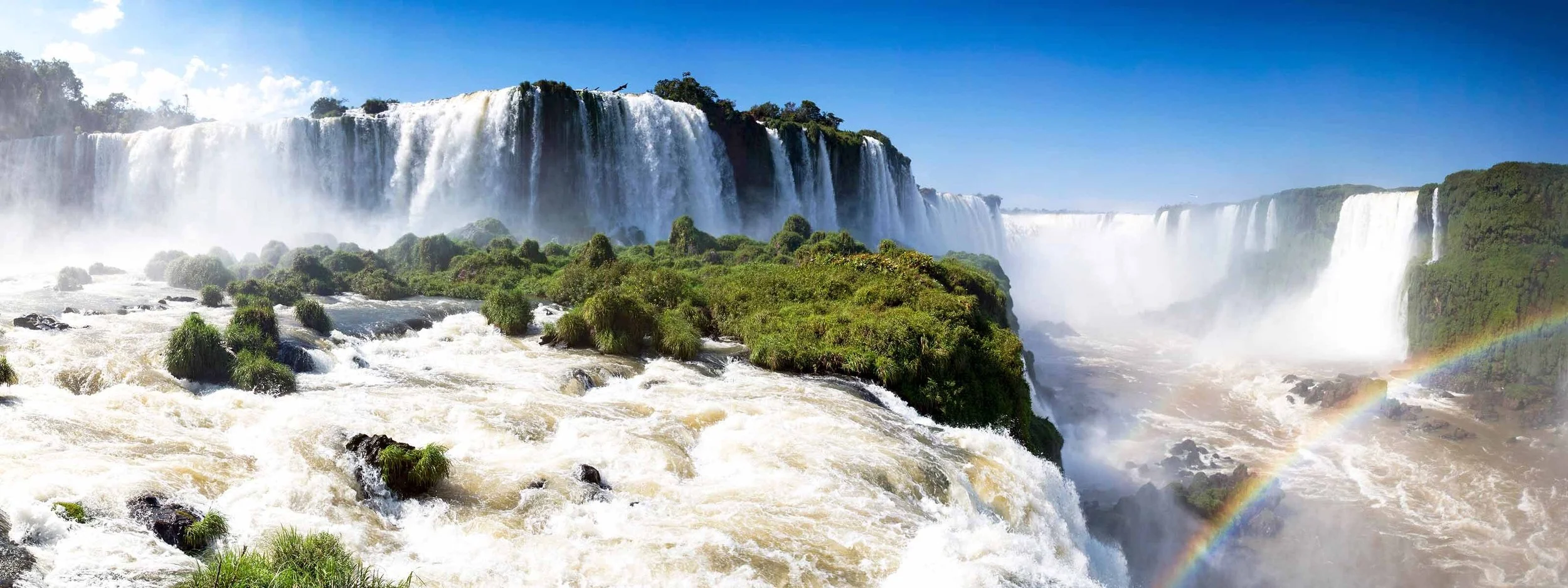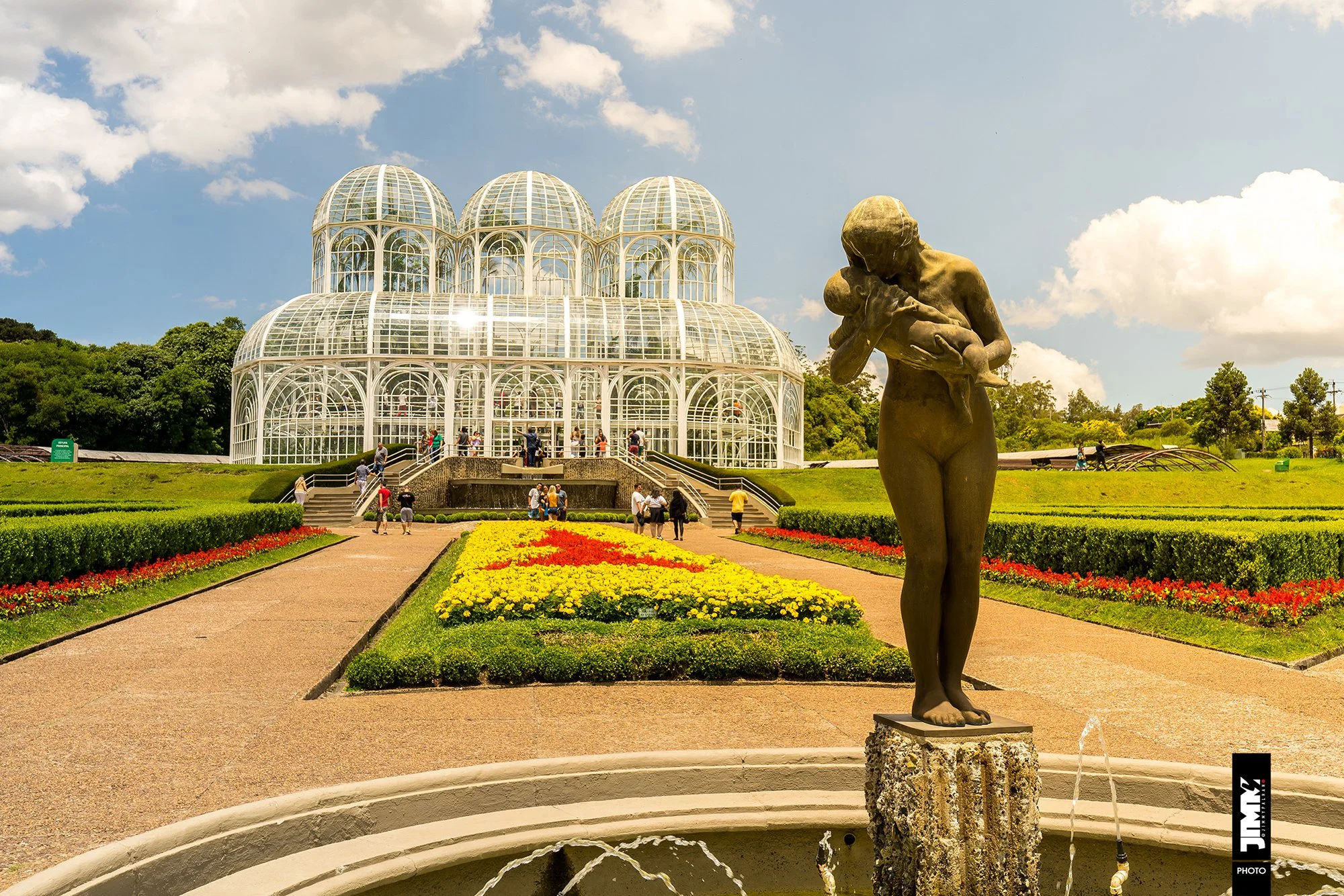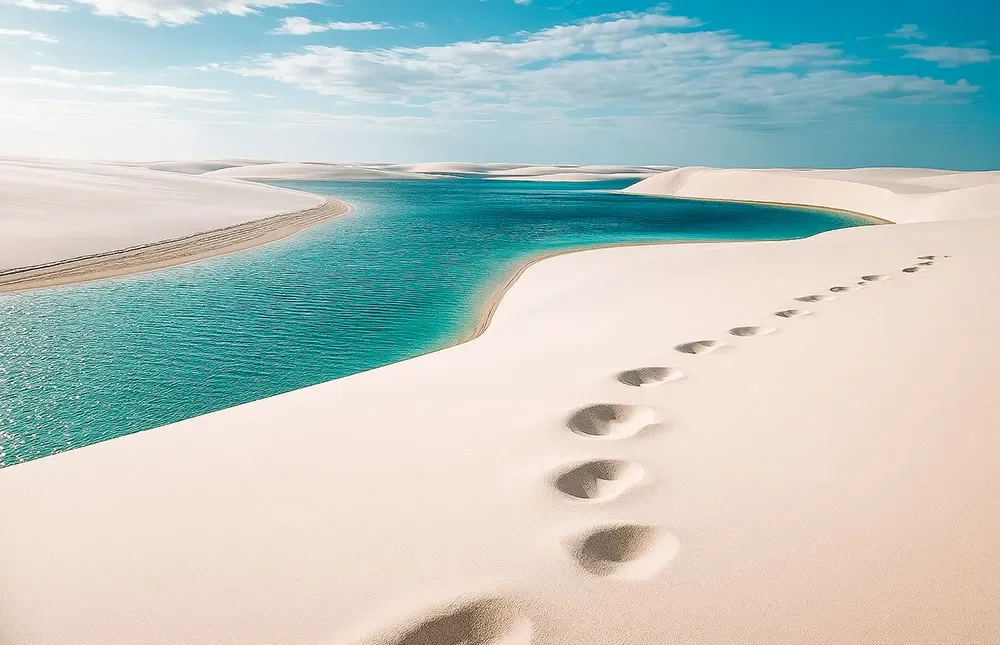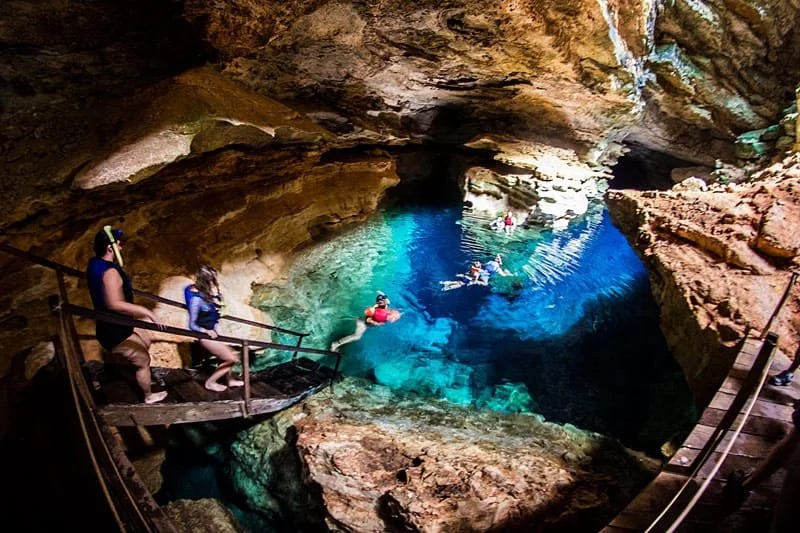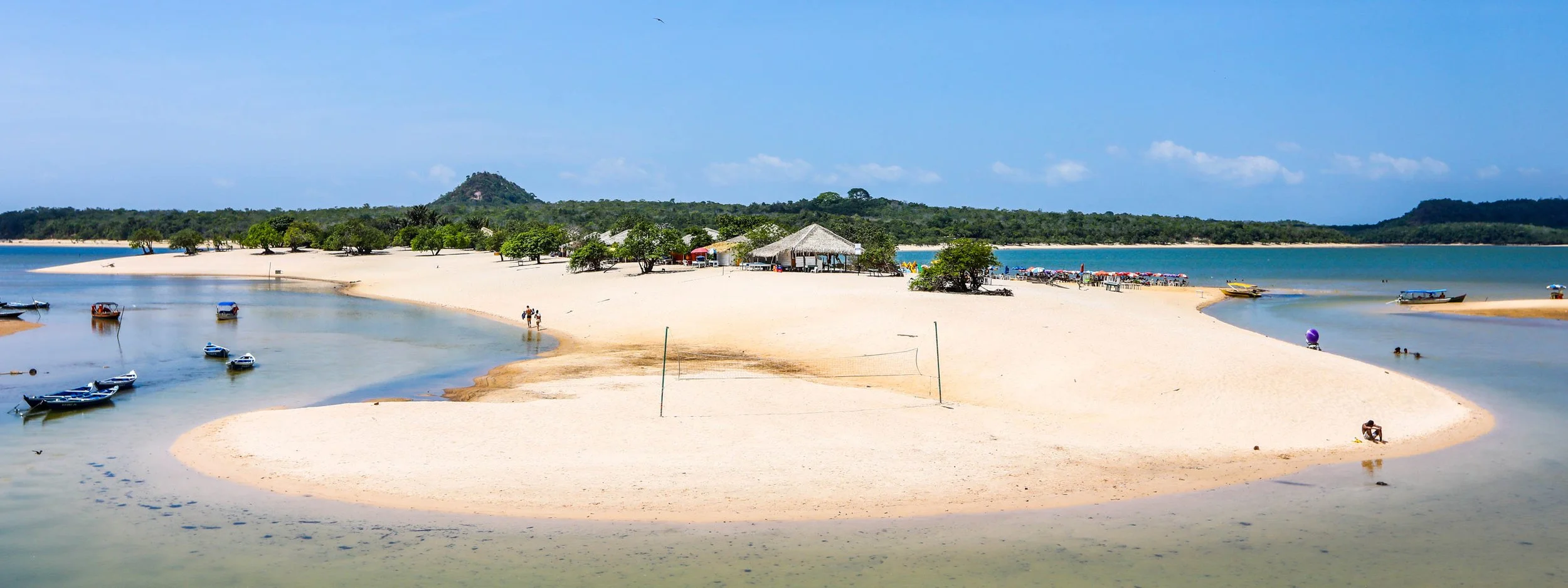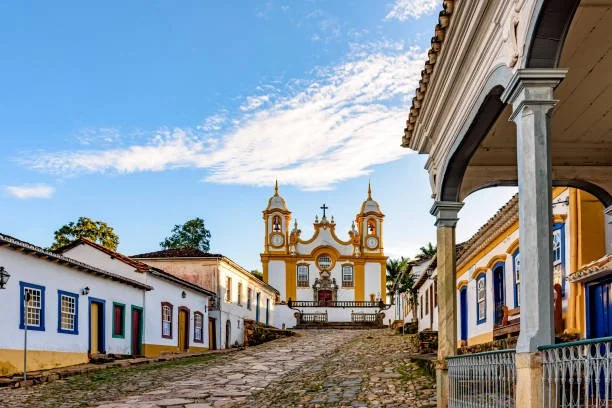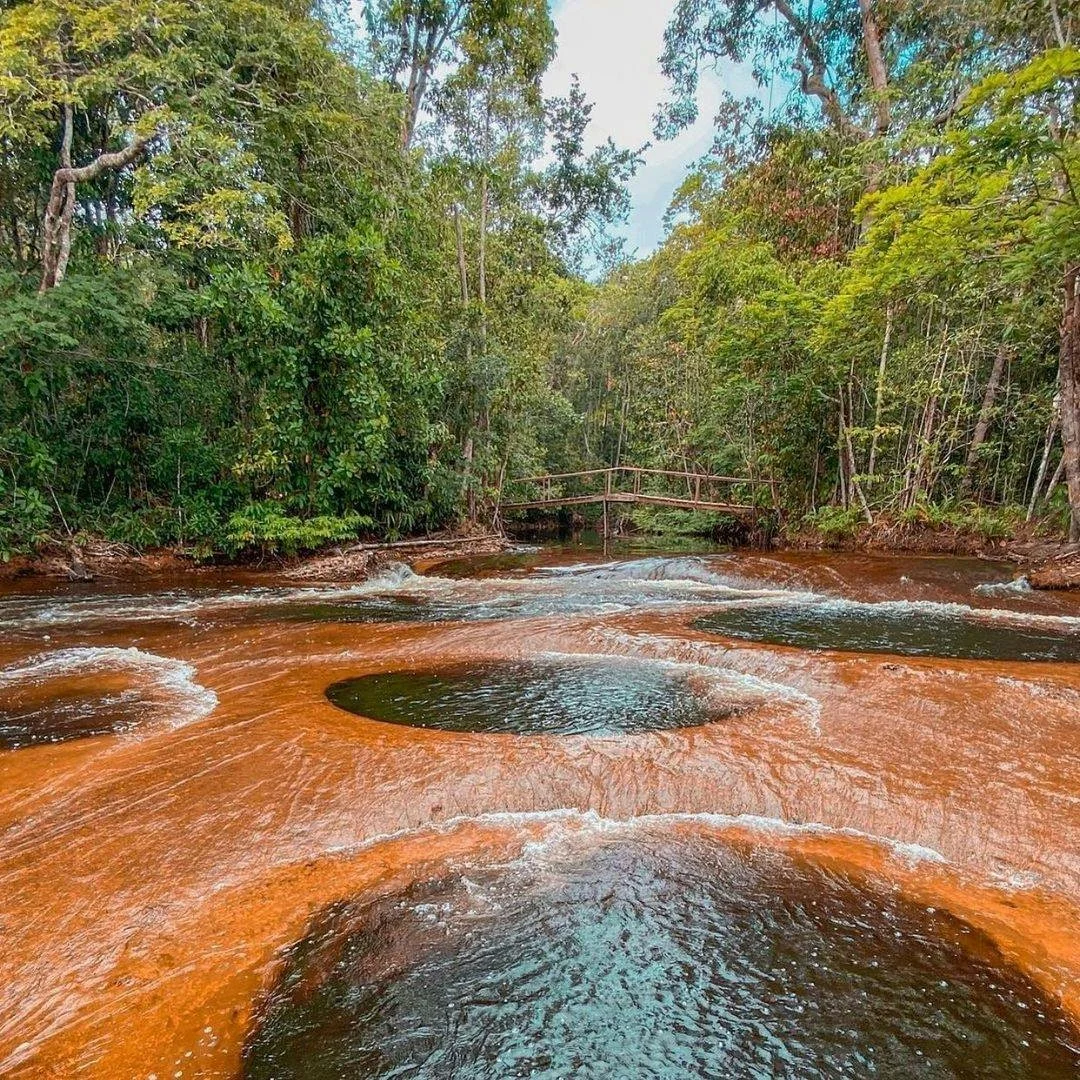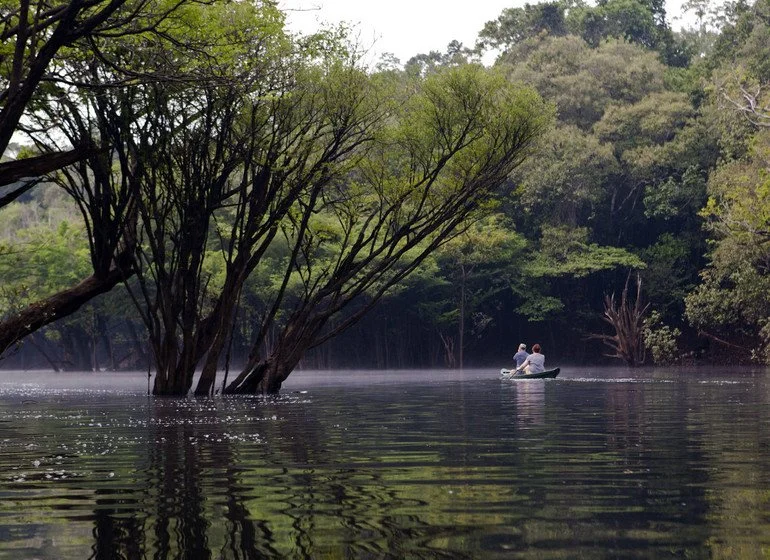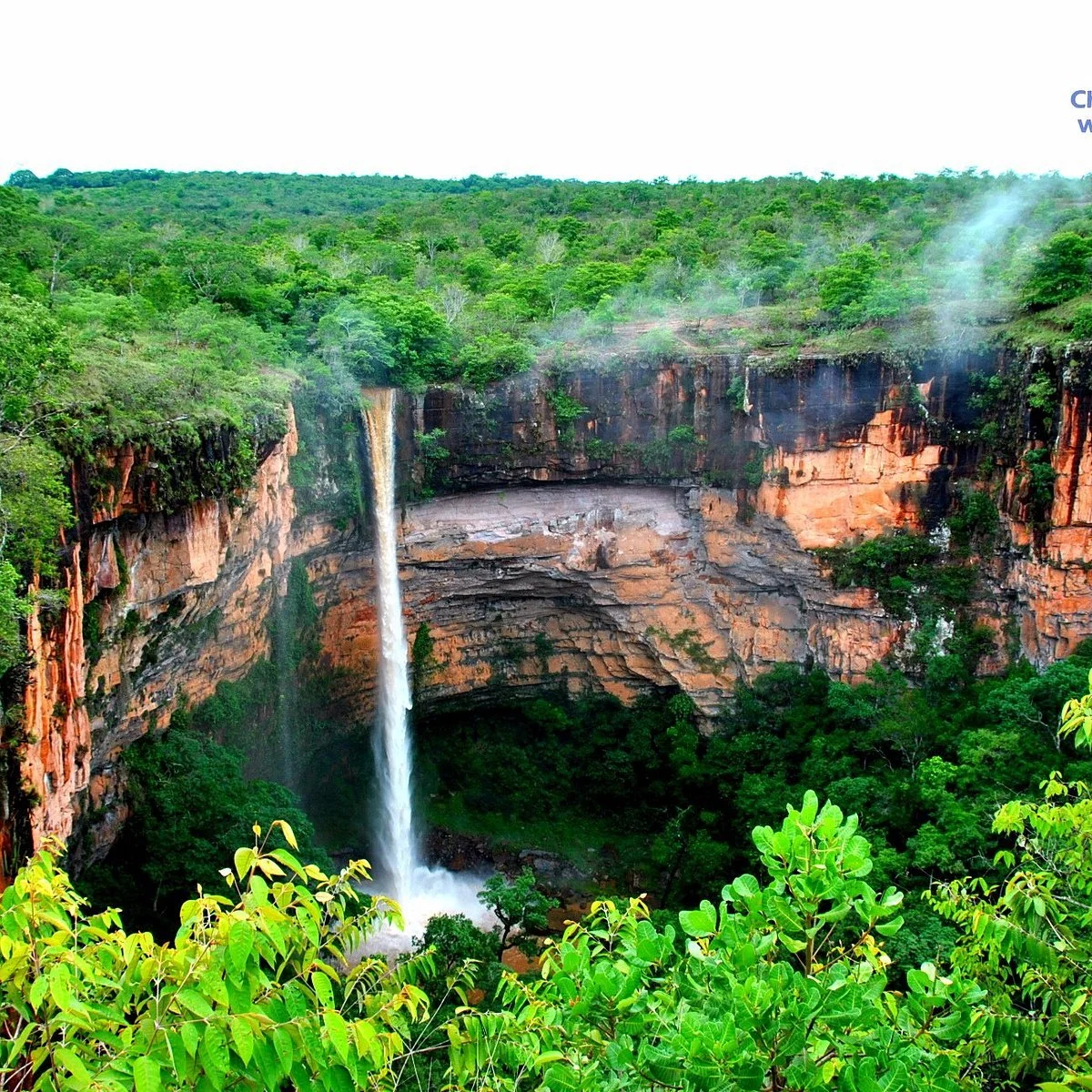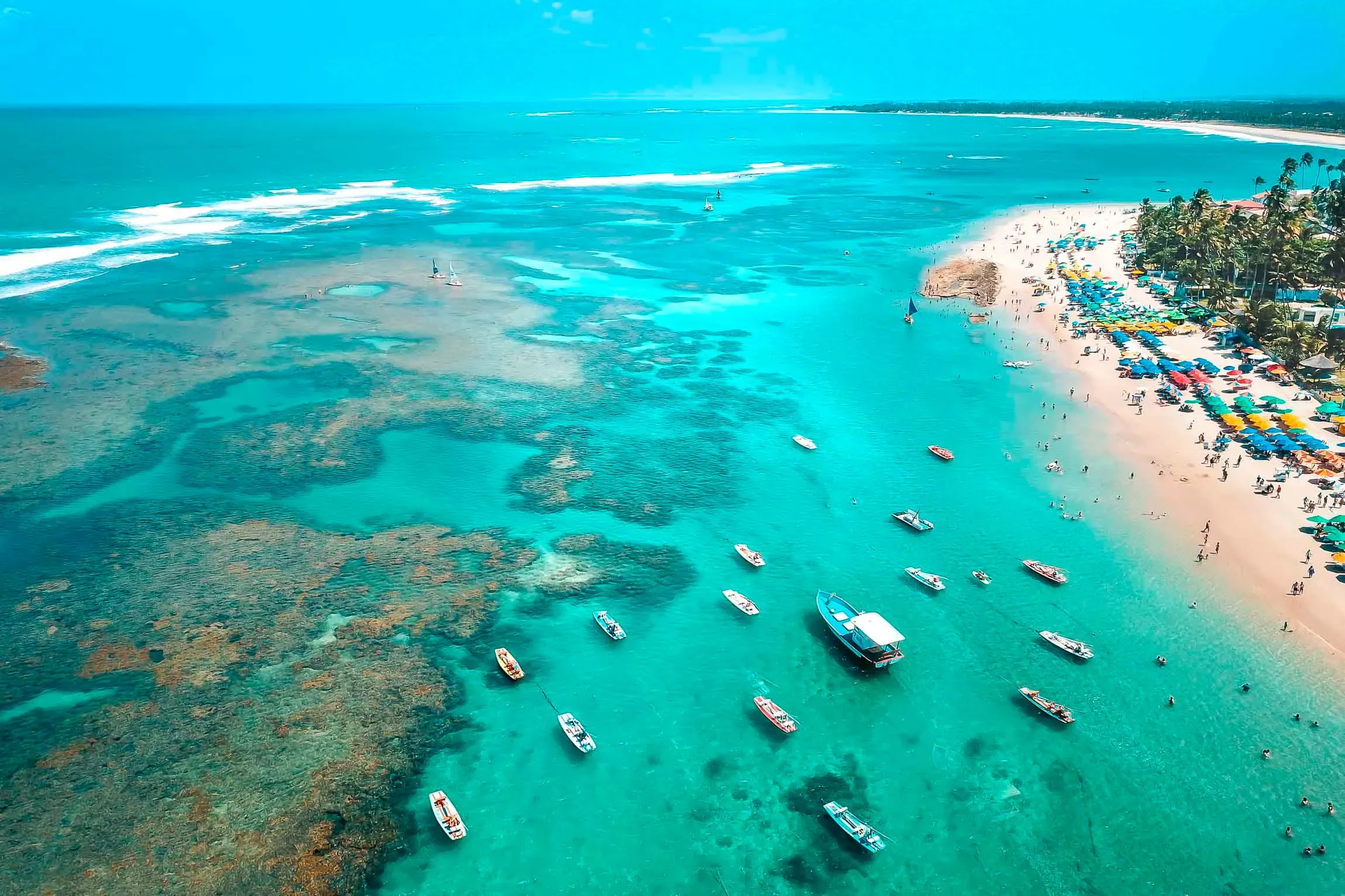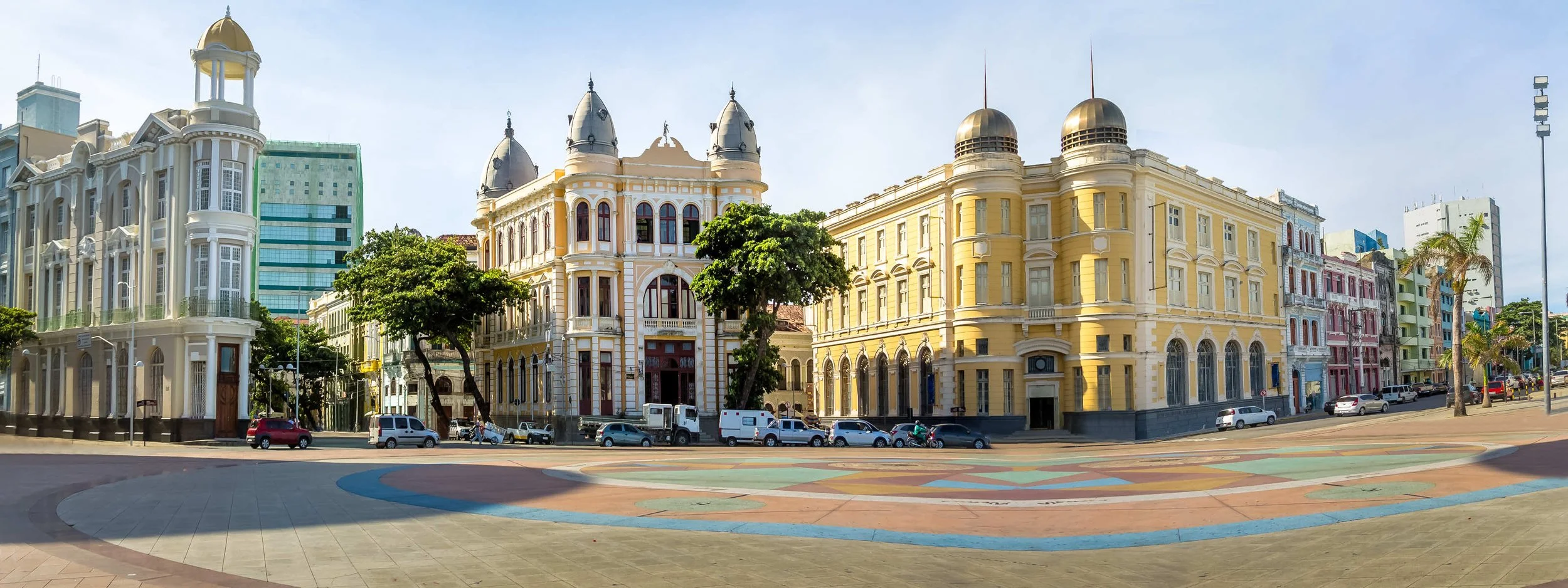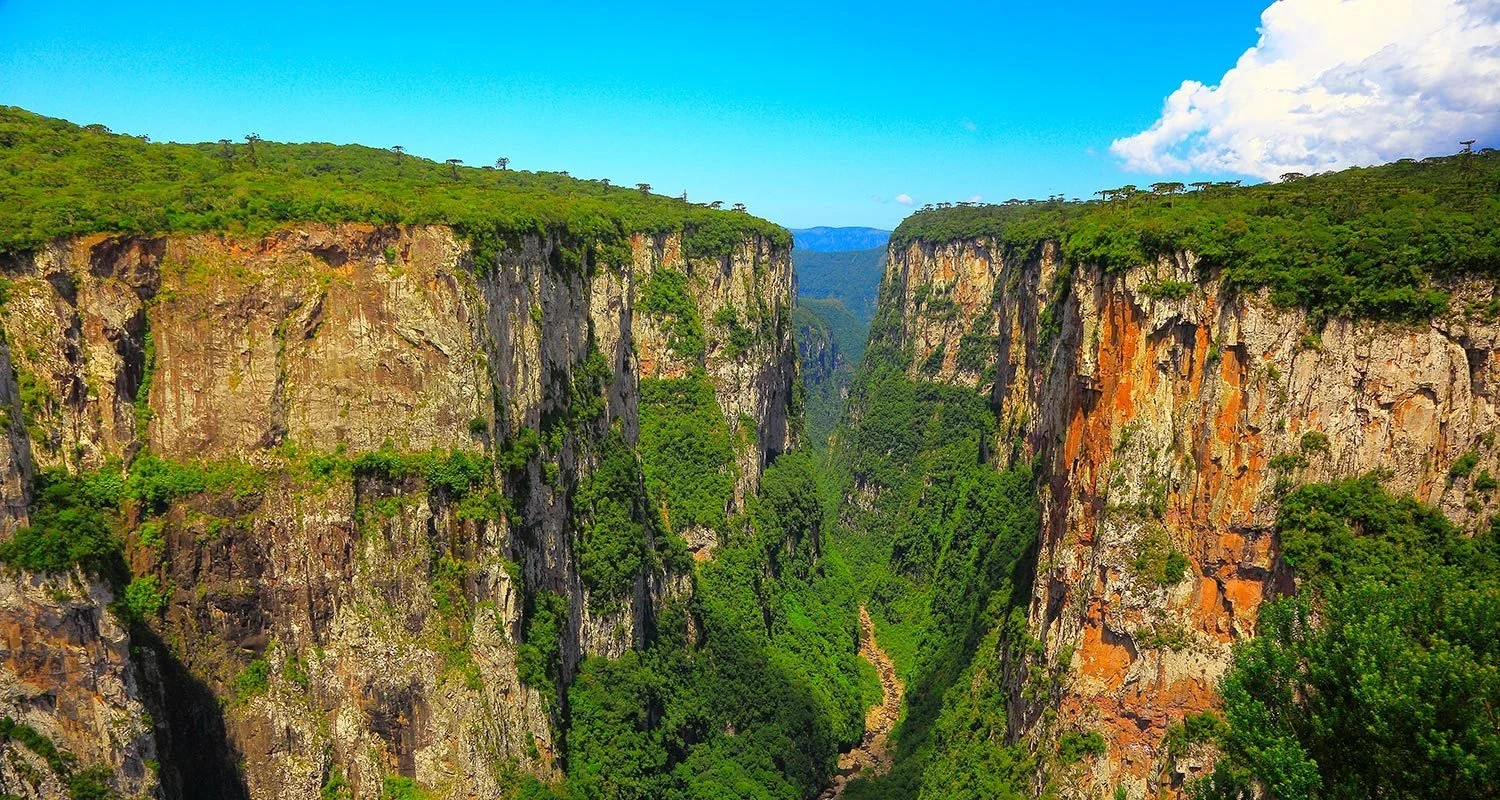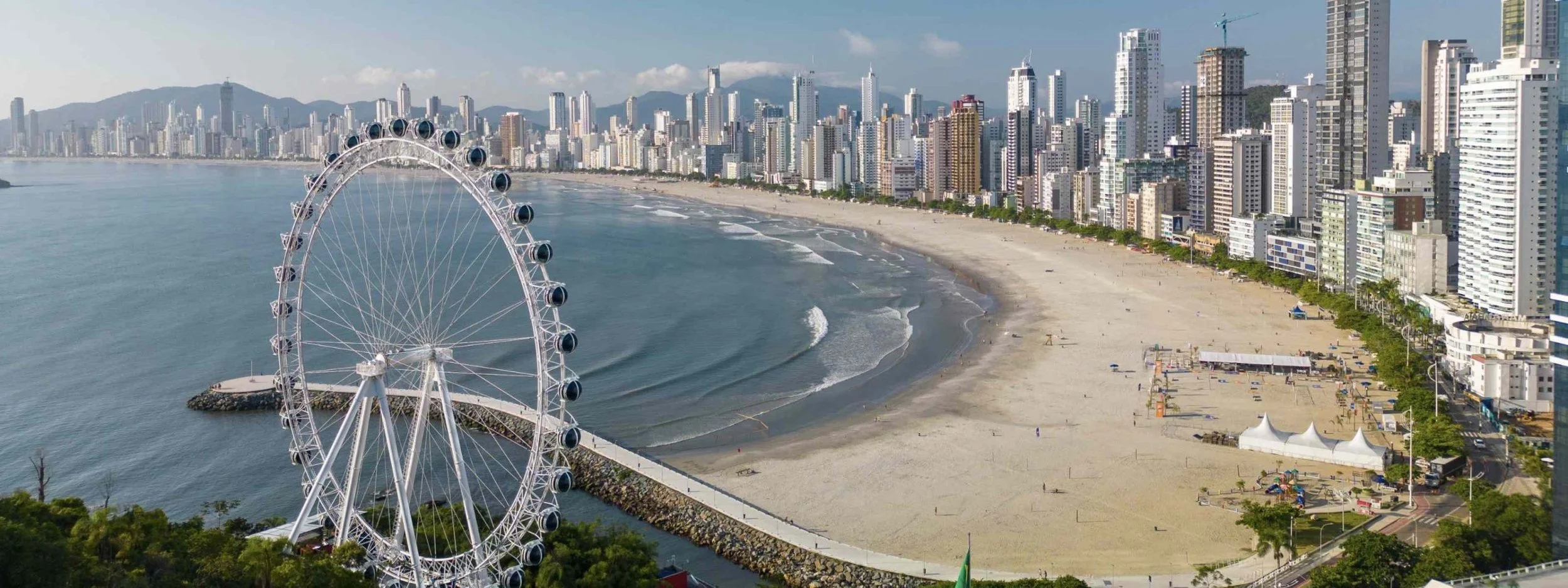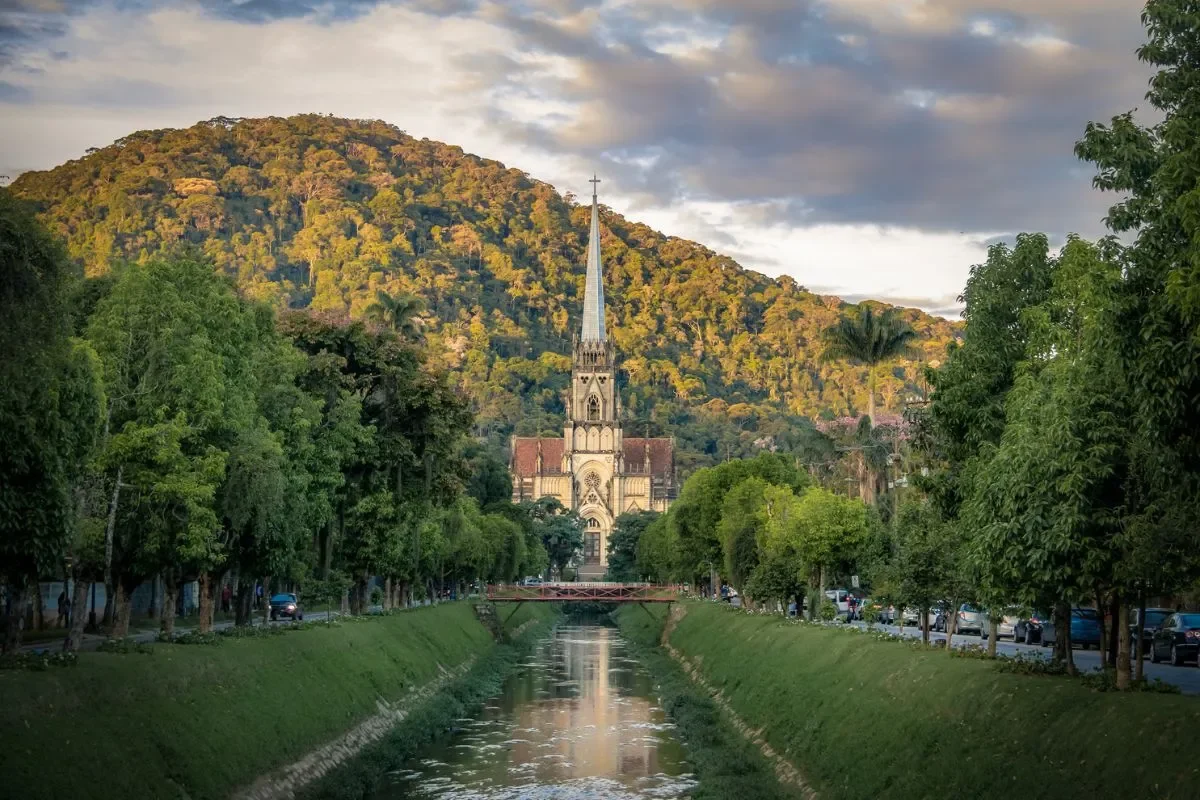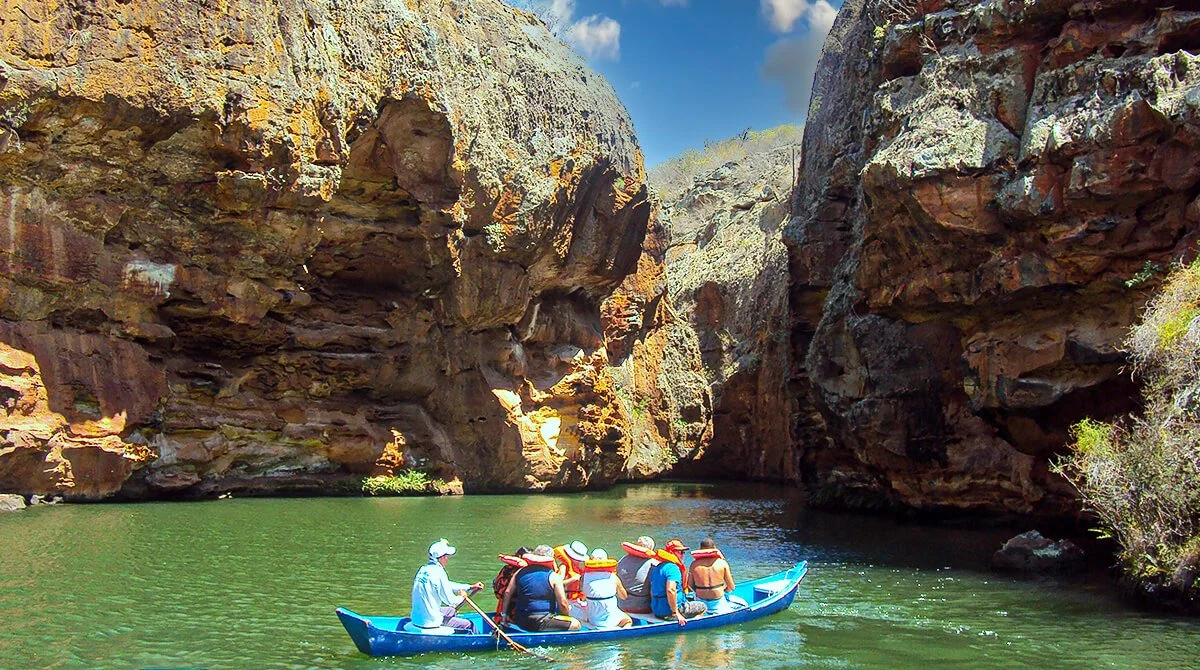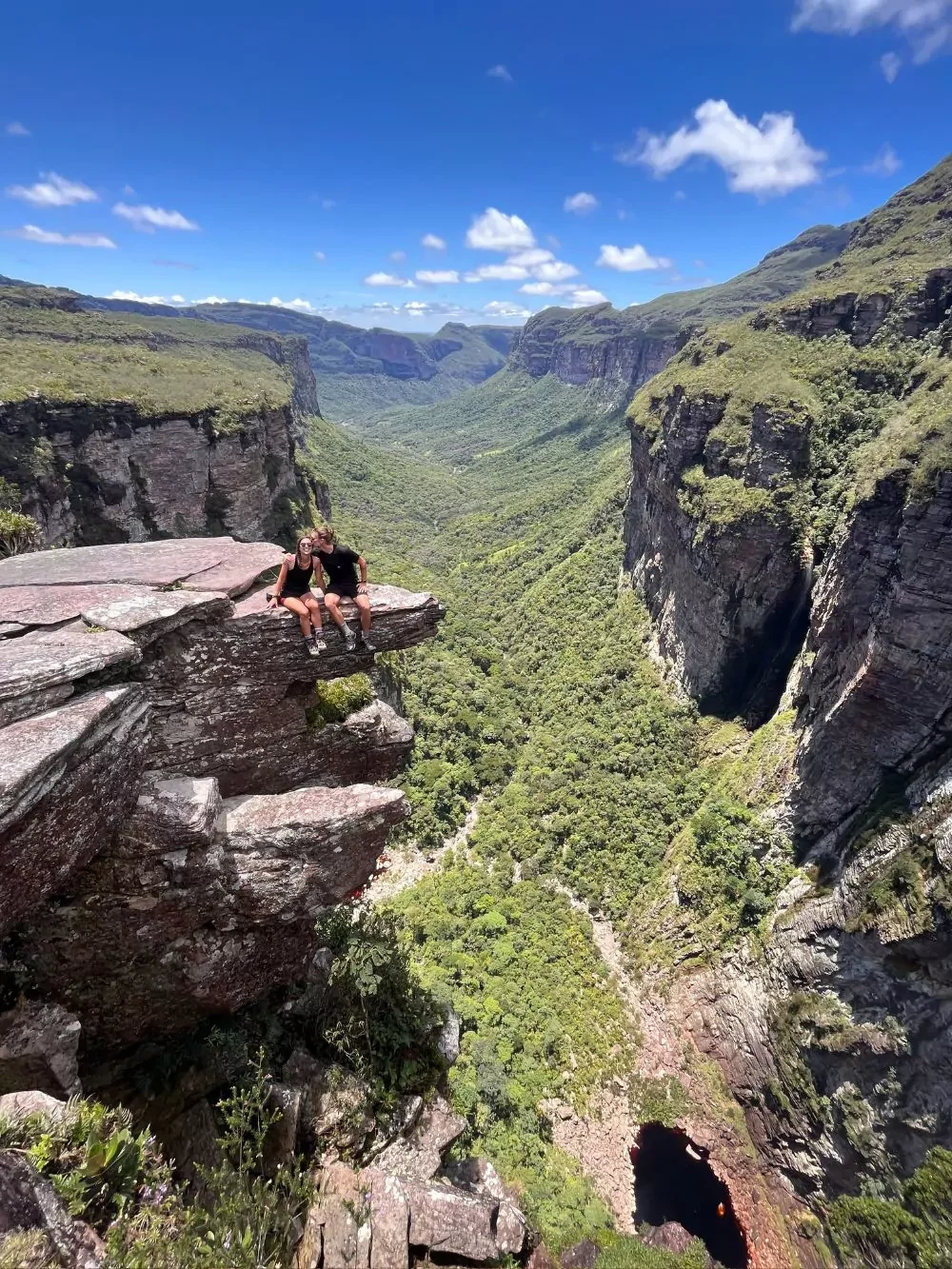Rio de Janeiro
The world’s most famous Brazilian city, Rio blends natural wonders with vibrant culture. From the Christ the Redeemer statue to Sugarloaf Mountain, every angle feels like a postcard. Days can start with a stroll along Copacabana Beach and end with samba in Lapa, while hidden gems like Santa Teresa reveal the city’s artistic soul. Rio is equal parts beach, music, and unforgettable sunsets.
São Paulo
Brazil’s largest metropolis is a cultural and culinary powerhouse. São Paulo is home to some of the world’s best restaurants, a buzzing nightlife, and a skyline that never sleeps. Its museums, like MASP and Pinacoteca, rival those of Europe, while its neighborhoods offer everything from Japanese traditions in Liberdade to bohemian vibes in Vila Madalena. For travelers seeking sophistication and discovery, São Paulo delivers.
Ouro Preto (Minas Gerais)
This UNESCO World Heritage site takes you back to Brazil’s gold rush era. Its cobblestone streets wind through hills lined with colonial mansions and baroque churches decorated by master sculptor Aleijadinho. History meets charm in every corner, with craft shops, traditional food, and stories from Brazil’s independence. Ouro Preto is where culture and heritage shine.
Fernando de Noronha (Pernambuco)
Fernando de Noronha is Brazil’s paradise island, a UNESCO World Heritage Site where turquoise waters meet dramatic cliffs and golden sands. Divers from all over the world come here to swim with dolphins, turtles, and reef sharks. On land, trails lead to breathtaking viewpoints and untouched beaches. Noronha is not just a trip—it’s an immersion in pure, preserved beauty.
Paraty (Rio de Janeiro)
A perfectly preserved colonial town framed by rainforest and sea, Paraty feels like stepping into another century. Its cobblestone streets are lined with whitewashed houses, artisan shops, and colorful doors. Beyond the town, boat tours reveal turquoise bays and islands, while nearby trails lead to waterfalls and hidden beaches. Paraty blends history, nature, and relaxation seamlessly.
Campos do Jordão (São Paulo)
Known as the “Swiss Alps of Brazil,” Campos do Jordão is a charming mountain town with European-style architecture. Popular in winter, it attracts visitors with its fondue restaurants, cozy chalets, and crisp mountain air. Beyond the town, hiking and cycling routes take you through pine forests and scenic viewpoints. It’s a romantic escape unlike anywhere else in Brazil.
Gramado & Canela (Rio Grande do Sul)
Step into a European-style world in the mountains of southern Brazil. Gramado and Canela are famous for their cozy cafés, chocolate shops, and alpine architecture. Festivals like Natal Luz light up the streets with magic, while nearby waterfalls and canyons offer outdoor escapes. It’s Brazil with a European twist.
Iguaçu Falls (Paraná)
One of the world’s greatest natural wonders, Iguaçu Falls is a breathtaking display of 275 cascades crashing into the river below. Visitors can walk right up to the roaring Devil’s Throat, ride boats under the spray, or view the panorama from trails in the surrounding rainforest. It’s raw power and beauty combined. A must-see for nature lovers.
Curitiba (Paraná)
Famous for its innovative urban planning, Curitiba is one of Brazil’s greenest cities. Beautiful parks, cultural centers, and a unique public transport system make it a model of sustainability. The Oscar Niemeyer Museum adds artistic flair, while local neighborhoods bring together global traditions from Italian to Polish. Curitiba is modern, cultured, and eco-friendly.
Salvador (Bahia)
The cradle of Afro-Brazilian culture, Salvador bursts with rhythm, colors, and flavors. Its historic Pelourinho district is filled with colonial architecture and lively music, while beaches stretch across the warm coast. From capoeira circles to Bahian cuisine, every corner celebrates heritage. Salvador is the heartbeat of Brazilian soul.
Lençóis Maranhenses (Maranhão)
One of the most surreal places on Earth, this desert of white dunes hides turquoise lagoons that appear during the rainy season. Visitors can explore by 4x4, boat, or even on foot, discovering landscapes that look like another planet. It’s raw, untouched beauty unlike anywhere else. Lençóis is Brazil’s dreamscape.
Chapada Diamantina (Bahia)
A paradise for adventurers, this national park offers deep canyons, towering plateaus, and hidden caves. Hike to stunning waterfalls like Cachoeira da Fumaça, one of Brazil’s tallest, or swim in crystal-clear natural pools. The landscapes shift from lush valleys to rocky trails, creating endless discovery. Chapada is Brazil’s hiking heaven.
Alter do Chão (Pará)
Nicknamed the “Caribbean of the Amazon,” this riverside village offers white-sand beaches along the Tapajós River. During the dry season, sandbanks emerge, creating surreal landscapes. Visitors enjoy boat trips, local cuisine, and the calm rhythm of life by the river. It’s a magical Amazon escape.
Jalapão (Tocantins)
Golden sand dunes, crystal-clear springs, and rugged plateaus define this adventurous region. Known for its wild beauty, Jalapão offers unique experiences like floating in natural springs and camping under starry skies. It’s remote, untamed, and breathtaking.
Serra da Capivara (Piauí)
Serra da Capivara is a UNESCO World Heritage Site, home to the oldest known rock art in the Americas. Its dramatic canyons, stone arches, and prehistoric cave paintings tell stories of ancient civilizations. Visitors can hike through surreal landscapes, discover archaeological wonders, and feel the timeless connection between humanity and nature. It’s Brazil’s open-air history book.
Ilhabela (São Paulo Coast)
An island paradise just off the coast of São Paulo, Ilhabela offers lush rainforests, cascading waterfalls, and over 40 stunning beaches. Accessible yet untouched, it’s perfect for eco-travelers and adventurers alike. Sailboats line the coast, trails cut through Atlantic Forest, and hidden coves invite you to slow down. It’s a true balance between relaxation and exploration.
Brasília (Distrito Federal)
Brazil’s futuristic capital, Brasília, is a living museum of modern architecture designed by Oscar Niemeyer and urban planner Lúcio Costa. With its airplane-shaped layout, wide avenues, and striking monuments, the city feels like a work of art in motion. Beyond politics, Brasília offers a vibrant cultural scene, lush green parks, and a unique perspective on Brazil’s identity, where innovation and tradition meet.
Tiradentes (Minas Gerais)
Tiradentes is a colonial jewel nestled in the mountains of Minas Gerais. Cobblestone streets, baroque churches, and colorful houses create a timeless atmosphere that feels like stepping into the 18th century. Known for its history, artisan shops, and gastronomic festivals, Tiradentes is a place where Brazil’s past and present walk hand in hand.
Olinda (Pernambuco)
Olinda is one of Brazil’s most colorful colonial towns, perched on hills overlooking the Atlantic. Its cobblestone streets are lined with pastel houses, baroque churches, and lively ateliers. During Carnival, Olinda transforms into a kaleidoscope of giant puppets, frevo dancers, and contagious rhythms. A blend of history, art, and festivity, Olinda is pure Brazilian soul.
Presidente Figueiredo (Amazonas)
Known as the “Land of Waterfalls,” Presidente Figueiredo is a hidden gem in the Amazon. Just a short trip from Manaus, it offers more than 100 waterfalls, caves, and natural pools surrounded by lush rainforest. Adventure seekers come here to hike, swim, and explore, while still feeling the pulse of the Amazon’s wild beauty.
Anavilhanas Archipelago (Amazonas)
This maze of over 400 river islands on the Rio Negro is one of the world’s largest freshwater archipelagos. By boat, travelers weave through narrow channels surrounded by forest and wildlife.
Amazônia (Brazilian Amazon)
The Amazon is the world’s largest tropical rainforest, a living cathedral of rivers, trees, and wildlife. Stretching across nine Brazilian states, it shelters countless species found nowhere else and sustains Indigenous cultures who have lived in harmony with the forest for centuries. From sunrise on the Rio Negro to nights filled with jungle sounds, the Amazônia is more than a destination, it’s the beating green heart of the planet.
Chapada dos Guimarães (Mato Grosso)
Where the Pantanal meets the cerrado highlands, Chapada dos Guimarães is known for dramatic cliffs, waterfalls, and caves. It’s also said to mark the geographical center of South America.
Porto de Galinhas (Pernambuco)
This coastal paradise is famous for its natural pools formed by coral reefs. Calm, warm waters make it perfect for snorkeling among colorful fish. Beachfront bars serve fresh seafood while you relax under palm trees. Porto de Galinhas is a family favorite with tropical charm.
Jericoacoara (Ceará)
Known simply as “Jeri,” this once-hidden fishing village is now a trendy eco-destination. Surrounded by dunes, lagoons, and endless skies, it’s famous for its magical sunset seen from the top of a giant sand dune. Windsurfing, kitesurfing, and dune buggy rides make it adventurous, yet its vibe remains rustic and laid-back.
Recife (Pernambuco)
Recife, known as the “Brazilian Venice,” is a city of bridges, canals, and islands framed by the turquoise sea. Its historic center, Recife Antigo, tells stories through colonial buildings, colorful squares, and Afro-Brazilian rhythms. Nearby beaches like Boa Viagem invite relaxation, while the city’s Carnival is one of Brazil’s most vibrant, filled with maracatu and frevo dances. Recife is tradition and modernity side by side.
Pomerode (Santa Catarina)
Known as the “most German city in Brazil,” Pomerode keeps alive traditions brought by immigrants over a century ago. Half-timbered houses, breweries, and folk festivals give the town a unique charm. Local cuisine blends German flavors with Brazilian ingredients, making it a foodie’s delight. It’s a cultural immersion unlike any other in the country.
Cânions do Sul (Aparados da Serra, RS/SC)
Brazil’s Grand Canyon lies between Rio Grande do Sul and Santa Catarina. The Aparados da Serra National Park is home to towering cliffs, misty valleys, and breathtaking hikes. The Itaimbezinho Canyon is the highlight, offering unforgettable panoramic views. This is Brazil’s wild, dramatic side.
Vale dos Vinhedos (Rio Grande do Sul)
Welcome to Brazil’s wine country, where rolling hills are dotted with vineyards and family-run wineries. Influenced by Italian immigrants, the region produces award-winning sparkling wines and hearty reds. Visitors can enjoy wine tastings, rustic restaurants, and charming inns surrounded by grapevines. It’s a taste of Tuscany in Brazil.
Balneário Camboriú (Santa Catarina)
This coastal city combines the energy of Rio with the modern skyline of Dubai. High-rise buildings frame golden beaches, while cable cars take visitors up to lush viewpoints. By day it’s a family-friendly seaside escape; by night it transforms into one of Brazil’s liveliest party scenes. Balneário is vibrant, bold, and always buzzing.Take a minute to write an introduction that is short, sweet, and to the point.
Petrópolis (Rio de Janeiro)
Nestled in the Serra dos Órgãos mountains, Petrópolis is the former imperial city of Brazil. Known as the “Imperial City,” it was the summer refuge of Emperor Dom Pedro II. Elegant palaces, museums, and tree-lined streets give it a European charm, while the cool mountain climate contrasts with Rio’s tropical coast. A mix of history, nature, and culture makes Petrópolis a timeless getaway.
Cânion do Xingó (Sergipe/Alagoas)
Carved by the São Francisco River, this canyon surprises with its red rock cliffs and green waters. Boat trips reveal winding passages between walls that rise dramatically from the river.
Vale do Pati (Bahia)
Hidden inside Chapada Diamantina, Vale do Pati is considered one of the most beautiful treks in Brazil. Waterfalls, caves, and high plateaus create dramatic scenery, while simple local guesthouses offer a warm welcome to hikers.
Ilha Grande (Rio de Janeiro)
Once a pirates’ hideout and later home to a notorious prison, Ilha Grande is today a paradise of emerald waters and lush Atlantic Forest. The island has no cars, only trails that lead to hidden beaches and waterfalls. Lopes Mendes, often ranked among the world’s most beautiful beaches, is a highlight, but the real magic is in the island’s mix of adventure, tranquility, and raw natural beauty.
Morro de São Paulo (Bahia)
A vibrant island escape where sandy paths replace streets and nightlife blends with tropical calm. Divided into numbered beaches, Morro is famous for sunset views, tide pools, and a laid-back vibe that makes visitors linger longer.
Boipeba (Bahia)
Neighbor to Morro but far quieter, Boipeba is a sanctuary of coconut groves, mangroves, and untouched beaches. Locals welcome travelers with warmth, and the island’s calm waters are perfect for snorkeling and canoe rides
Cristo Redentor (Rio de Janeiro)
One of the New Seven Wonders of the World, Cristo Redentor rises 38 meters above the Corcovado mountain, overlooking Rio de Janeiro. Surrounded by Tijuca National Park, the statue is both a symbol of faith and a cultural icon. From its base, visitors see panoramic views of Sugarloaf Mountain, Copacabana, and Guanabara Bay, an image that defines Brazil worldwide.

